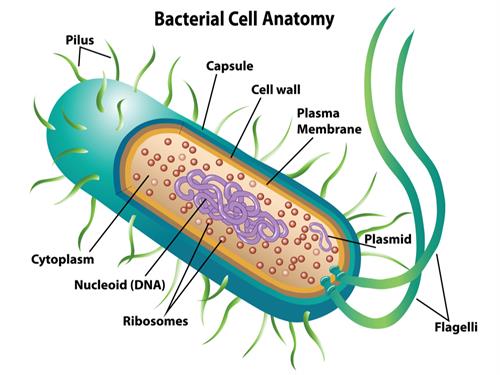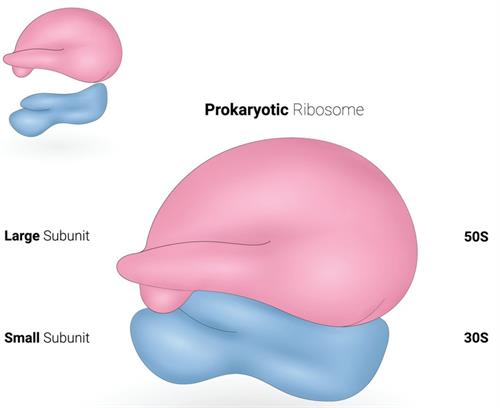
PUMPA - SMART LEARNING
எங்கள் ஆசிரியர்களுடன் 1-ஆன்-1 ஆலோசனை நேரத்தைப் பெறுங்கள். டாப்பர் ஆவதற்கு நாங்கள் பயிற்சி அளிப்போம்
Book Free DemoA bacterial cell has three important structural components:
- Plasma membrane
- Cytoplasm
- Nucleoid
- Ribosomes

The structure of E. coli bacteria
Plasma membrane:
The bacterial cell has a cell membrane. It is also called a plasma membrane.

The bacterial plasma membrane
Cell wall:
Another exciting feature of bacteria is their protective layer of the cell wall. In bacteria, the cell wall is mainly made up of peptidoglycan or murein.
Peptidoglycan is the primary structural polymer in most bacterial cell walls. This structure help bacteria survive in the most extreme environment, like acidic pH, the temperature near 80°C, and highly saline conditions.
Peptidoglycan is the primary structural polymer in most bacterial cell walls. This structure help bacteria survive in the most extreme environment, like acidic pH, the temperature near 80°C, and highly saline conditions.

The bacterial cell wall
In bacteria like Escherichia coli, there is an additional slimy and thick protective layer called a capsule made up of polysaccharides outside the cell wall. They also have a few hair-like appendages like fimbriae for attachment of bacteria on other bodies and tube-like pili on their surface for plasmid transfer.
Nucleoid:
The plasma membrane encompasses the cytoplasm, incipient nucleus (nucleoid) contains genetic material made of nucleic acids. Their nucleic acid is DNA, which serves as genetic material. In addition to this, a small extrachromosomal, independently replicating circular DNA called plasmid is situated in the cytoplasm. They usually carry only a small number of genes, notably some associated with antibiotic resistance.

The prokaryotic and eukaryotic cell
Ribosomes:
Ribosomes are scattered in the cytoplasm and synthesize proteins for the cell; hence ribosomes are called the site of protein synthesis.

The prokaryotic ribosome